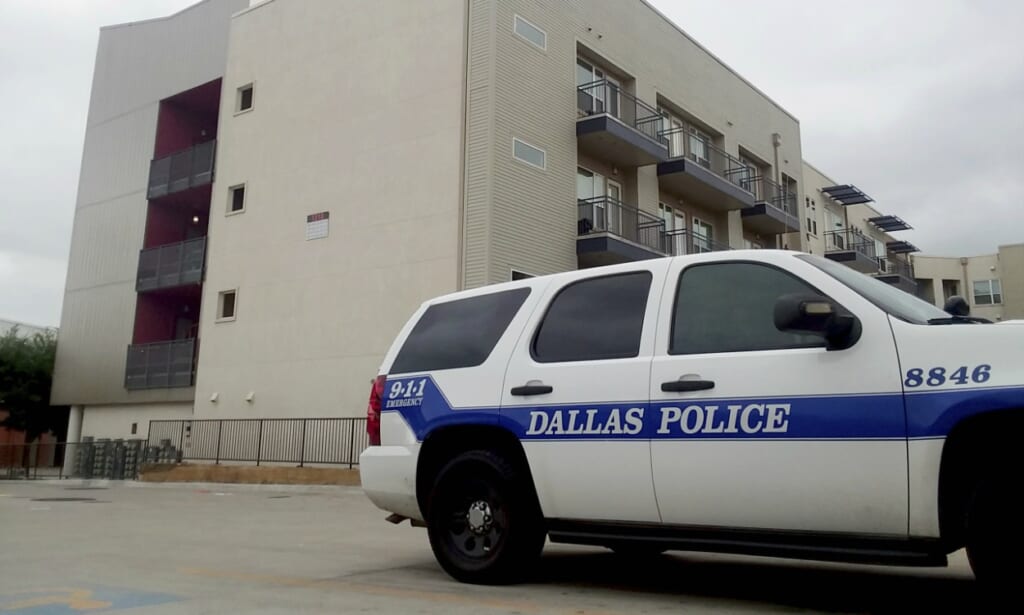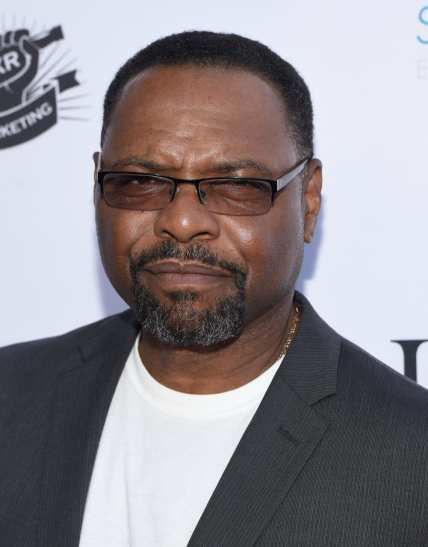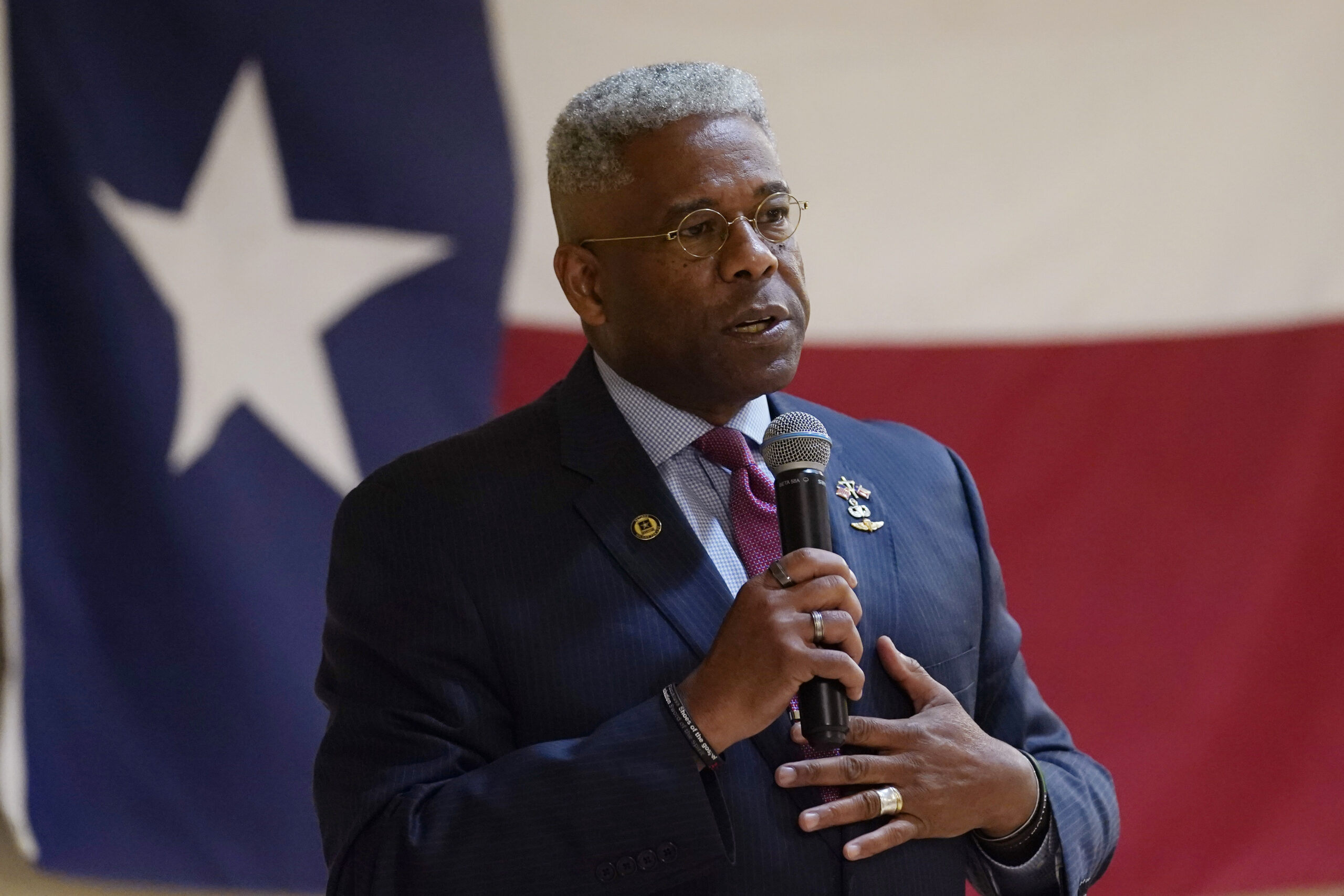Cities across the U.S. are restoring police budgets after temporary defunding
Per a New York Times report, increased crime rates and public pressure from pro-police political groups have led to funding reversals for law enforcement departments nationwide
Local leaders in cities across America are ramping up previously reduced funding allocations for law enforcement departments as crime rates have risen and pressure from the public has seemingly decreased, the New York Times reported.
Following the murder of George Floyd and the killing of Breonna Taylor and others at the hands of law enforcement officers in 2020, a tidal wave of worldwide protests affiliated with the Black Lives Matter Movement ensued, promoting, among other things, meaningful police accountability and reform action.
Many advocates of the movement have demanded that police funding be reduced in order to commit more money towards community care networks that could mitigate the systemic factors that push many towards crime in the first place. Several U.S. cities complied — at least temporarily.
Now, per the Times, departments whose budgets were slashed are being given the money back. The New York Police Department, for example, was allocated an additional $200 million following a budget passed in June, the Los Angeles Police Department was given a 3% funding boost in April, and the Burlington Police Department in Vermont was allocated nearly $1 million.
The change of tune, according to the Times, has been in response to “rising levels of crime” in major cities in recent months as well as understaffed departments and pressure from political groups in favor of increasing law enforcement funding.
Multiple Texas cities have undergone especially stark reversals, the Times reported. The Austin Police Department in Texas has seen its budget restored to a record high amount. In Dallas, one year after protesters helped convince Mayor Eric Johnson to defund the Dallas Police Department, he not only proposed to restore many of the budget cuts without receiving much backlash, but passed a budget worth $4.4 billion which included hiring an additional 250 officers.

Laura Cooper, executive director of the Major Cities Chiefs Association told the Times: “Dallas stands out for the amount of investment that the local government is putting into the department.”
“As an African American male who came of age in the 1990s, I remember a lot of people whose lives were devastated by violence,” Johnson said during an interview in Dallas City Hall. “I don’t want to go back there.”
The city has opted to mitigate rising violent crime rates — including a 25% increase in homicides, reaching the highest rate in roughly 20 years — using an approach called “hot spot” policing, based around increased policing efforts in areas of the city that contain the highest crime rates, per the Times.
While this method has existed for decades and has proven to be generally successful according to the Times, it remains a “polarizing subject” in communities of color according to newly-appointed Chief Eddie Garcia who told the newspaper that despite its controversial nature, the method “seems to be working.”
Some Dallas residents and local police reform activists, however, feel as though the department, under Garcia’s leadership, has halted some of the progress it had made over the last year.
“Last year, there was a lot of movement,” Dominique Alexander, president Dallas-based civil rights organization Next Generation Action Network told the Times. “With this new police chief, that is gone.”
“When you talk about hot spots, these are still minority communities,” said 49-year-old Dallas barber Gerard Claiborne of Kingz of Cutz barbershop, located in one of the city’s majority-Black neighborhoods where crime has reportedly been a problem.
“I can’t say his plan won’t work. But it’s a bigger fix that’s needed,” Claiborne told the Times, adding that increased training of officers would be a good place to start.
Have you subscribed to theGrio’s “Dear Culture” podcast? Download our newest episodes now!
TheGrio is now on Apple TV, Amazon Fire and Roku. Download theGrio.com today!


